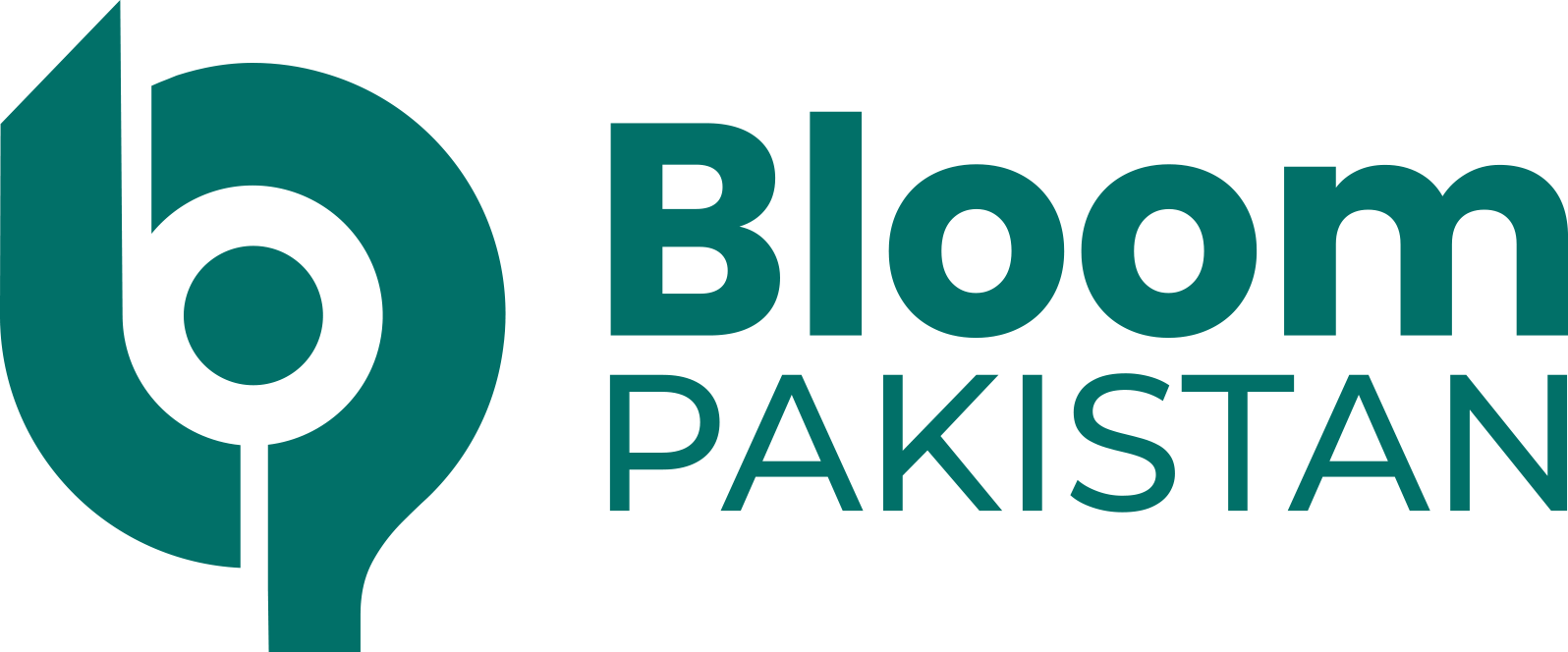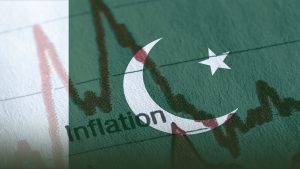Islamabad: The 14% rise in Foreign Direct Investment (FDI) during the first nine months of Pakistan’s FY25 is a positive sign, marking an increase from $1.442 billion in the same period last year to $1.644 billion.
This increase of $202 million suggests that there is some growing investor confidence in Pakistan’s economy. Here’s a breakdown of the key points:
1. Overall FDI Growth:
$1.644 billion in FDI was recorded for July-March FY25, a 14% increase year-on-year.
The FDI inflows significantly outpaced the outflows during this period, with inflows totaling $2.472 billion, compared to just $828 million in outflows.
This is a healthy indicator of how the country’s investment climate is improving or stabilizing, despite some macroeconomic challenges.
2. Sector-wise Analysis:
Financial Services: The financial sector was a major contributor to the FDI surge, attracting $518.4 million in investment, up from $464.8 million last year.
This suggests a strengthening of the financial sector, with potential long-term benefits for economic development.
Power Sector: The power sector also saw significant inflows, receiving $500 million in FDI, compared to $342.5 million last year. This is important as Pakistan continues to face energy supply challenges, and foreign investment in the energy sector could help address infrastructure issues.
3. Country-specific Contributions:
China remains the largest source of FDI, with 41% of total inflows coming from there. Investment from China surged by 107% to $684.5 million, compared to $330.3 million last year.
The China-Pakistan Economic Corridor (CPEC) likely plays a role in driving these investments, particularly in infrastructure and energy projects.
Investments from Hong Kong also showed growth, reaching $175.9 million, up from $153.8 million last year.
4. Monthly Trends:
While the overall nine-month period showed an increase in FDI, there was a sharp decline of 91% in March 2025 compared to March 2024.
$25.7 million of net FDI was received in March, compared to $294.2 million the previous year.
This could be due to seasonal variations or temporary political/economic instability, but it raises concerns about the sustainability of the upward trend in FDI.
5. Challenges and Sustainability:
Economists have pointed out that while the increase in FDI reflects growing investor confidence, it’s crucial to sustain this momentum. Stable governance, consistent policies, and macroeconomic stability are vital for attracting long-term investments.
Read More: Monthly FDI Down, Annual FDI Up than Last Year Same Period
Political uncertainty, as well as frequent regulatory changes, continue to be a concern for investors. This instability can erode investor trust and make it difficult for Pakistan to maintain a steady flow of foreign capital.
6. Future Outlook:
The inflow from China and the rise in investments in financial services and the power sector are promising, but the volatility in monthly FDI flows, especially the decline in March, suggests that Pakistan must address structural challenges to maintain this positive trend.
The IMF support and the macroeconomic reforms may provide some stability, but much depends on Pakistan’s ability to implement these changes effectively without disrupting investor sentiment.
Key Takeaways:
FDI inflows in FY25 are showing an overall positive trend, with a noticeable increase in investments from China and significant contributions from the financial and power sectors.
The decline in March raises questions about the stability of FDI flows, which need to be addressed through policy continuity and political stability.
Also Read: SIFC Drives $148M in Mergers and Acquisitions, Boosts FDI to $1.6B in FY2024-25
To ensure long-term economic growth, Pakistan must focus on sustaining investor confidence by creating a more predictable investment climate, free from political and regulatory disruptions.









